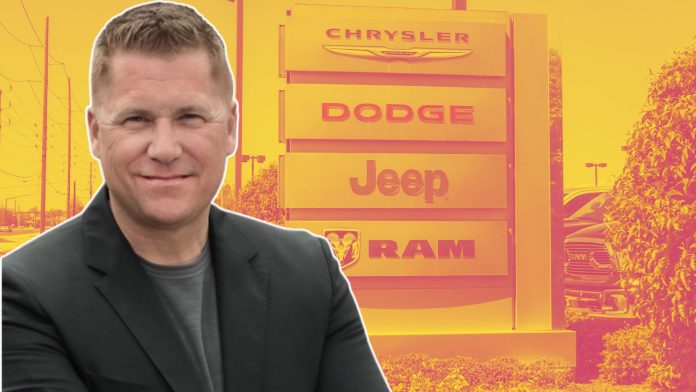Stellantis is undergoing executive changes in North America following Carlos Tavares’s sudden departure. The automaker is working to stabilize its operations amidst declining U.S. market share, recent executive departures, and increasing tensions with dealers and politicians.
Among the most notable moves, Stellantis has brought back Timothy Kuniskis, a company veteran who retired in June under Tavares’ leadership. Kuniskis will now head the Ram truck brand, a role critical to the company’s U.S. strategy. In addition, the automaker has named a new U.S. sales chief, signaling the company’s commitment to revamping its approach to the North American market.
A New Management Strategy
These executive changes represent Stellantis’s most significant restructuring under the interim leadership of Chairman John Elkann, who is stepping in after Tavares’ unexpected departure. Elkann, the heir to Italy’s Agnelli family and the chairman of Exor, Stellantis’s largest shareholder, is now tasked with addressing the automaker’s challenges. Elkann has begun meeting with key stakeholders globally to repair relationships and strategize for the future.
Recent turmoil at Stellantis has been particularly noticeable in the U.S. market. The company has faced challenges with an oversupply of vehicles and high pricing, leading to a decline in its market share and strained relationships with U.S. dealers.
In addition to Kuniskis’s return, several other leadership changes have been announced. Chris Feuell, who currently leads the Ram and Chrysler brands, will retain responsibility for Chrysler while also assuming oversight of Stellantis’s Alfa Romeo brand in North America. This change comes after Larry Dominique, a senior vice president overseeing Alfa Romeo, decided to leave the company.
Jeffrey Kommor, who previously headed U.S. sales, will resume that role, replacing the leadership structure established earlier this year when Stellantis split U.S. retail and commercial sales into separate divisions. Kommor had been in charge of the commercial sales division, and now he will take on broader responsibility for the company’s U.S. sales efforts.
Stellantis’s recent challenges in the U.S. market are multifaceted. Dealers have expressed frustration with high inventory levels and pricing strategies that are not resonating with consumers. In addition, Stellantis has faced difficulties maintaining its market share amidst increasing competition and changes in consumer preferences, particularly in the EV sector.
As Stellantis moves forward under interim leadership, the company will focus on stabilizing its U.S. operations, improving dealer relations, and strategically managing its vehicle inventories and pricing. With a clear emphasis on restructuring and refocusing efforts on key brands, Stellantis aims to overcome its difficulties and position itself for future success in North America.




